Micro Rotors Explained: How They Work in Watches
Micro rotors, despite their small size, have a significant influence
In the world of exquisite watchmaking, beauty is often found in the intricacies that are scarcely visible. Among these hidden miracles is the micro rotor, a little, off-center oscillating weight that powers an automatic watch without dominating its mechanical architecture. Unlike traditional full-sized rotors that take up the entire caseback, micro rotors are elegantly fitted into the movement’s mainplate, resulting in a smaller profile, unimpeded views of fine finishing, and increased creative freedom for watchmakers. This creative solution not only ensures effective winding performance, but also symbolises the industry’s unwavering pursuit of technological perfection and aesthetic beauty.
History
In 1954, through the efforts of Hans Kocher, chief designer at Buren Watch Company patented a micro-rotor winding system named PLANETARY ROTOR® that saw production in 1957. The small rotor integrated at the same level as the rest of the movement, which allowed the timepiece maker to produce the flattest automatic watches at the time. Universal Genève applied for their patent in May of 1955. The micro-rotor movement in the Polerouter series was nearly identical in design specification to the SUPER SLENDER®. Buren won the patent infringement case, and U.G. had to pay Buren royalties for each microrotor it used until their patent was granted. During that early period, Universal Geneve was apparently required to label their movements as “patent pending”, and, as a result of the dispute, were not able to record the actual patent until May 15, 1958.
Working of a Micro Rotor
At its core, a micro rotor operates on the same concept as a standard automatic rotor, using the energy of wrist movement to wind the mainspring, but its execution is significantly more compact. Instead of a huge, centrally positioned oscillating weight that swings over the movement, the micro rotor is a small, weighted disc that is flush with the movement’s main plate. As the wearer moves, this rotor pivots on its axis, causing a set of gears to send energy to the barrel, which stores and releases power to the escapement. Because it resides within the movement and not on top, it provides for a slimmer case profile and an unimpeded view of the intricate components. From contemporary classics to modern marvels, here are five exceptional timepieces that showcase the micro rotor at its finest.
Chopard L.U.C Qualité Fleurier 20th Anniversary Edition
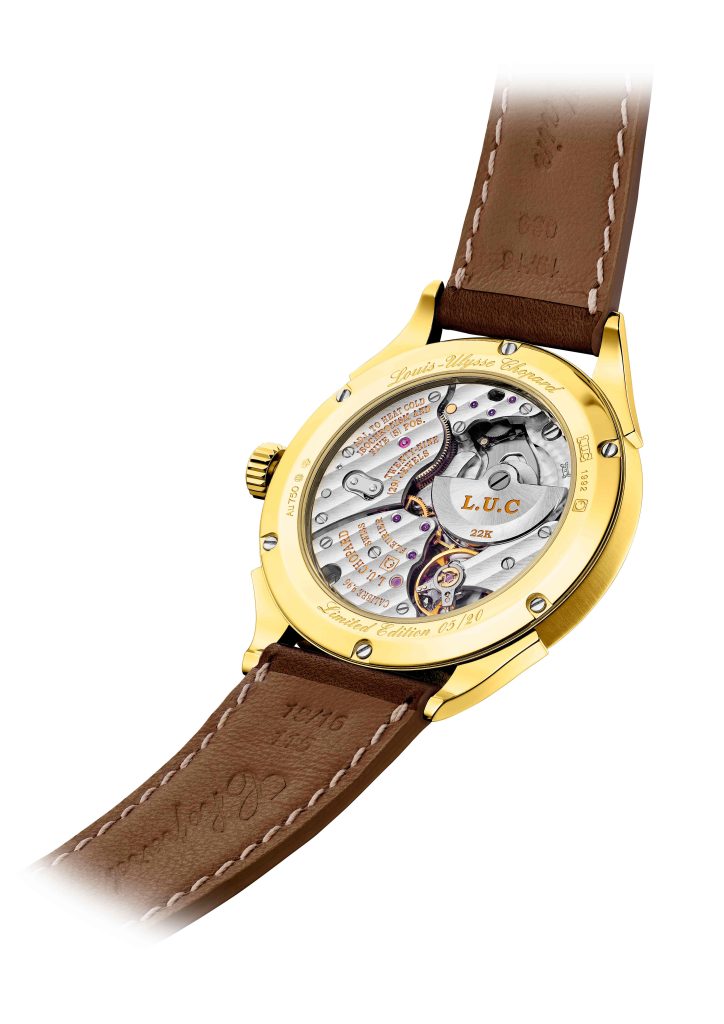
This 39mm 18k yellow gold timepiece gets welded lugs, a two-tone sector-type dial features a sunburst satin-brushed centre, an elegant brown satin-finished chapter ring and a small seconds counter at 6 o’clock, and the syringe shaped, gilded hour and minute hands. The L.U.C Qualité Fleurier 20th Anniversary Edition is powered by L.U.C calibre 96.09-L, whose architecture is based on the iconic L.U.C 96.01-L. Barely 3.30 mm thick, it is equipped with Chopard’s Twin technology comprising two barrels delivering a 65-hour power reserve and an engraved micro-rotor in 22k ethical gold.
H. Moser & Cie. Streamliner Small Seconds Blue Enamel
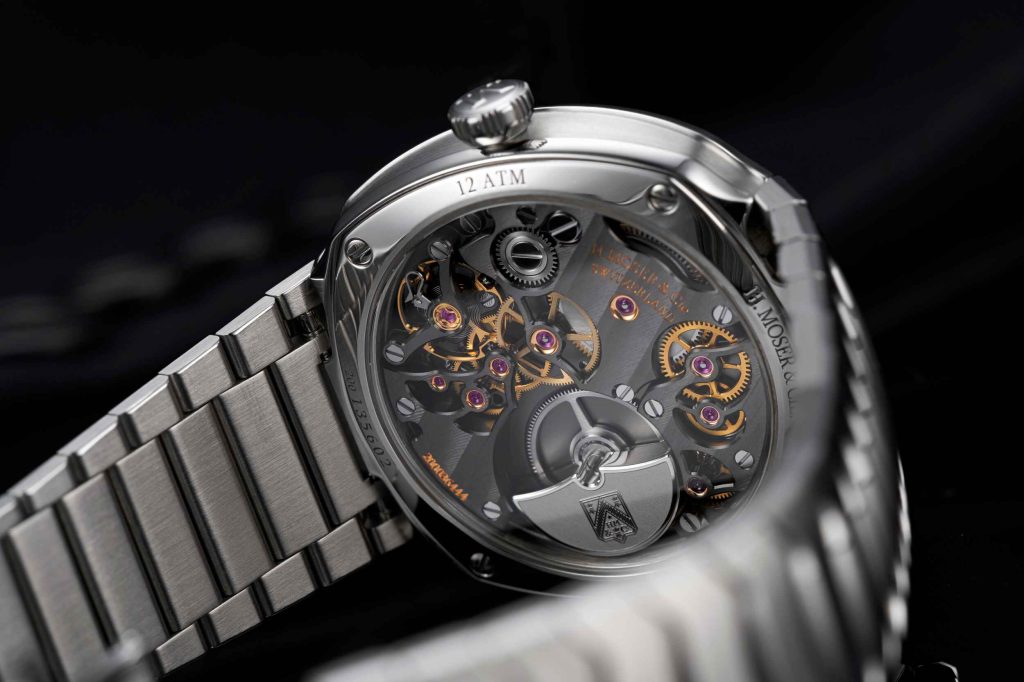
This 39m stainless steel watch gets a cushion-shaped case with reworked elongated lines. The a Grand Feu enamel dial ‘Aqua Blue’ has a fumé finish with the pattern engrained onto a gold base, hammered with three different colour pigments washed, and finely crushed, then applied to create an ombré effect. Then there is the offset small seconds which is displayed at 6 o’clock on a lacquered sub-dial with gets a circular pattern. Driving the Streamliner Small Seconds Blue Enamel model is an automatic calibre HMC 500 which incorporates a solid platinum micro-rotor mounted on a ball bearing, equipped with a bi-directional pawl winding system, and offers sufficient barrel torque to provide a power reserve of 74 hours.
Parmigiani Fleurier Tonda PF Micro-Rotor Platinum Stone Blue
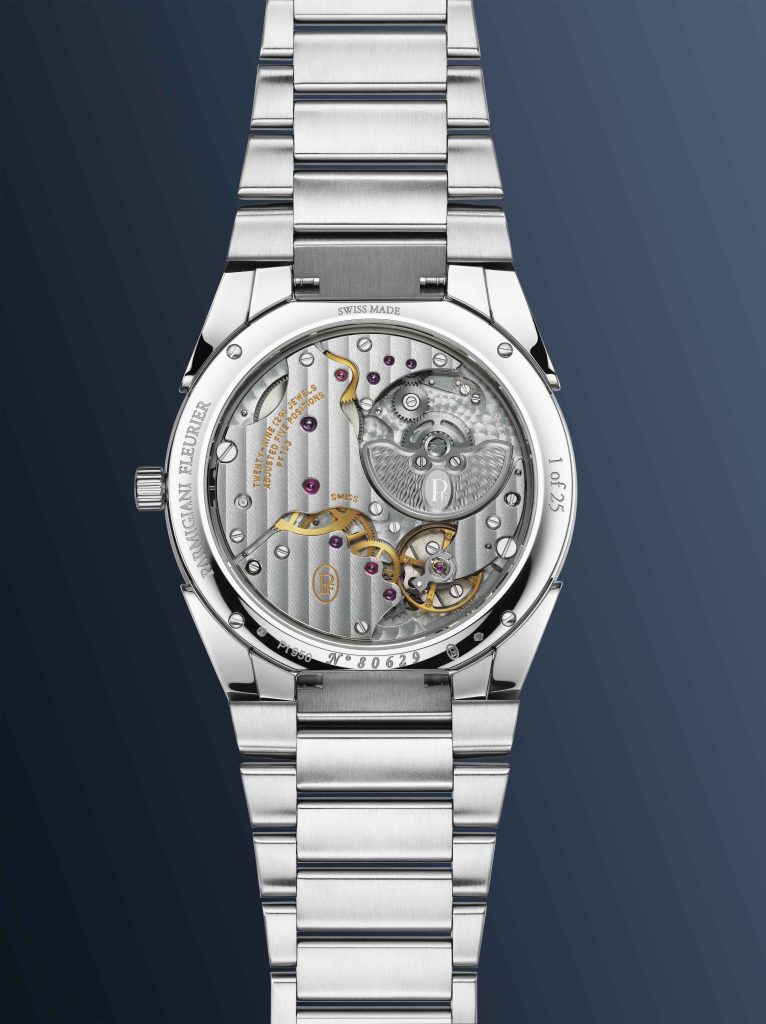
This timepiece comes on a 40mm polished and satin-finished platinum case with a knurled bezel. The 18k gold rhodium-plated skeletonised delta shaped hour, and minute hands are placed on a sandblasted ‘Stone Blue’ dial. Powering the watch is a self-winding PF703 calibre with a platinum micro-rotor offering a 48-hour power reserve, and has a Grain d’Orge guilloche finish. Unlike traditional oscillating weights, this miniature rotor frees space to reveal the balanced and refined architecture. Finishing include hand-decorated bridges, and satin-finished surfaces.
Laurent Ferrier Classic Auto Horizon
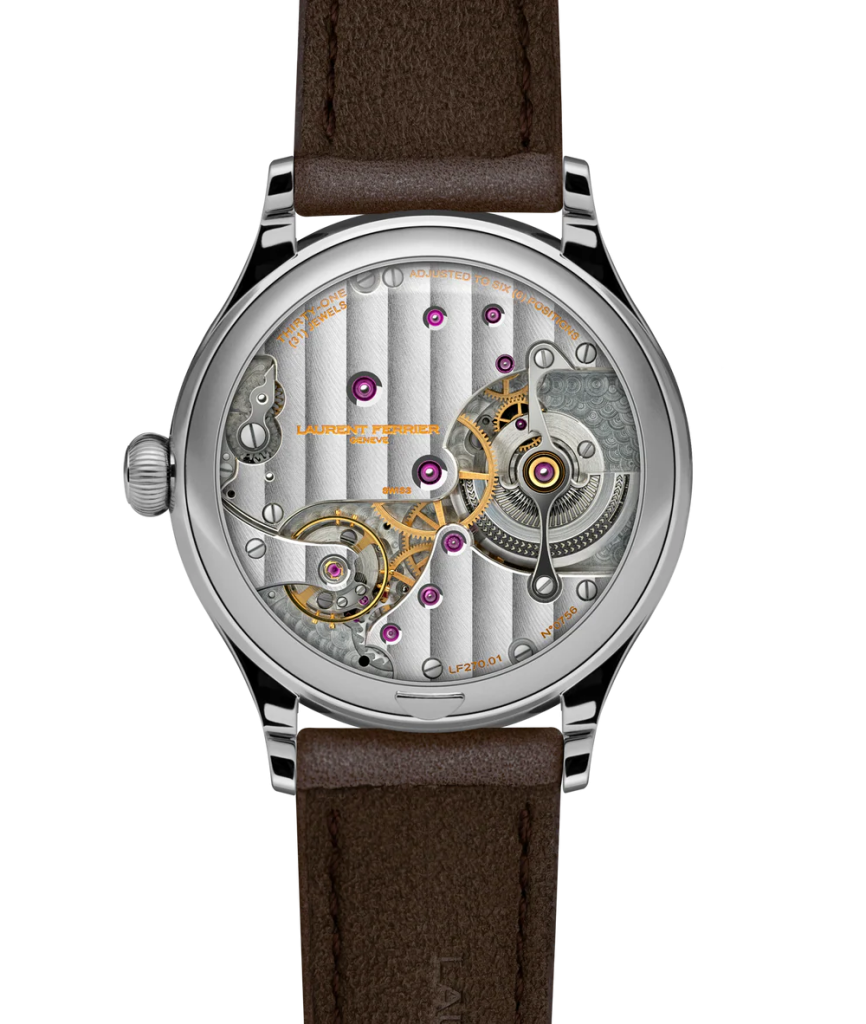
Echoing the spirit of the Sport Auto, the Classic Auto Horizon carries forward the same robust LF270.01 automatic calibre with a platinum micro-rotor nestled between the mainplate and rotor bridge offering a 72 hour power reserve. The 40mm stainless steel case retains the pebble-smooth finish that defines the Classic collection which is a direct nod to the 19th-century pocket watches that inspired it. The novelty has a rounded profile with polished surfaces.
Bulgari Octo Finissimo Yellow Gold
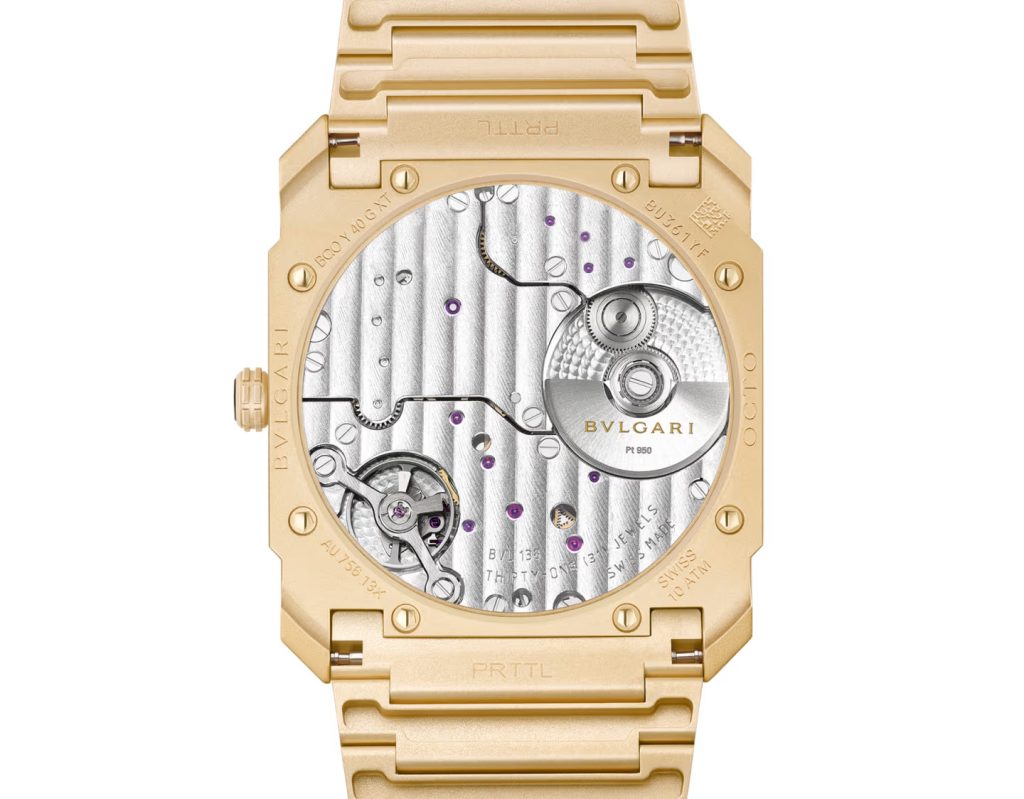
This 40 mm novelty is crafted entirely in sandblasted 18 kt yellow gold from the case to the lugs, crown at 3 o’clock with a cceramic insert, and the dial. Powering the watch is BVL138 calibre decorated by hand with Côtes de Genève with a 60 hour power reserve with a platinum micro rotor.